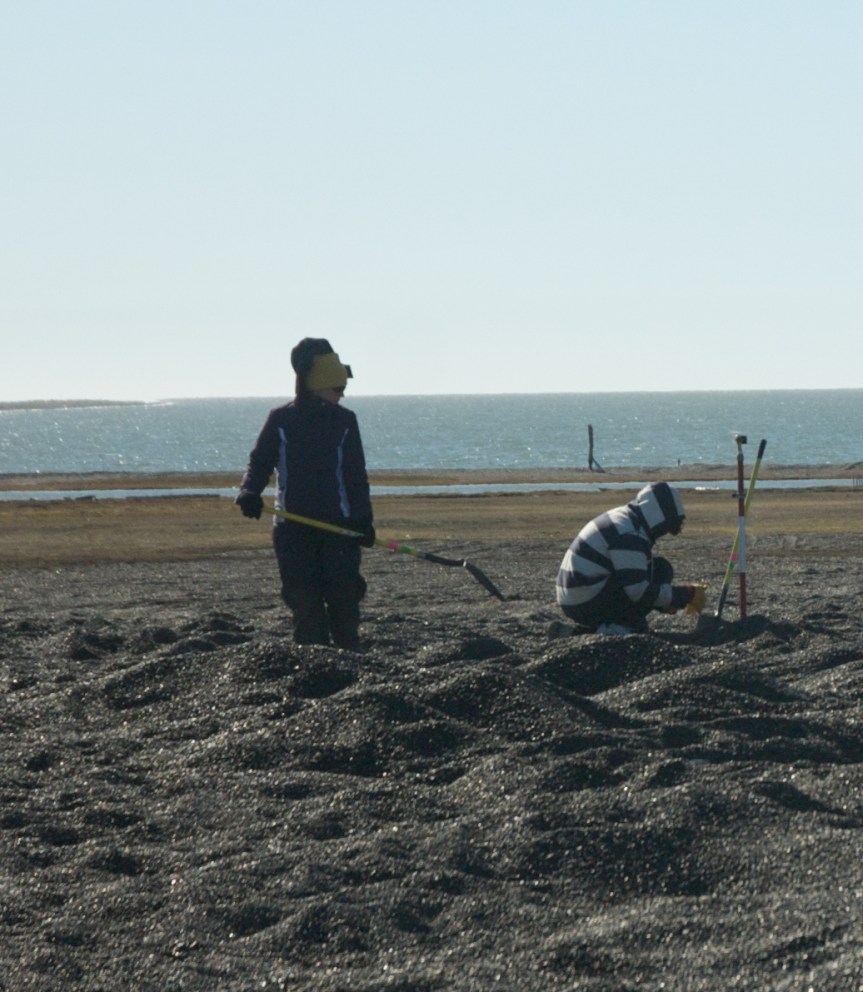I wound up agreeing to help organize a session at the upcoming Alaska Anthropological Association meeting in Seattle. Long story about Seattle, but we have gone to Whitehorse, YT once or twice, so leaving Alaska is not a first.
Anyway, the deadline to submit sessions (including paper lists) is this Friday, so I though I’d put a description up here, since the AnthroAlaska list seems to be a bit slow showing up (although it might be my email). We have room for a few more papers and are being fairly expansive in our interpretation of the topic. If you are interested, the description and directions for how to participate follow:
Although the Arctic tends to be viewed as a place apart, both in the sociocultural sense and as a research area, the first has never been true, and the second is becoming less so. This symposium will look at the Connected Arctic from both perspectives.
Papers on any aspect of trade and/or travel (pre-or post-contact) from one or more disciplinary perspectives are welcome, as long as they involve the Arctic. We are interested in both specific case studies and methodological works.
We also welcome in papers dealing with aspects of connected Arctic research, including virtual repositories which can be used from multiple locations, shared databases, digital teaching and outreach tools, and social media.
N.B. People wishing to submit papers are asked submit the paper abstract directly to the meeting organizers by the deadline of February 3, using the Alaska Anthropological Association meeting website form: https://catalyst.uw.edu/webq/survey/fitzhugh/139716 . Note you will need to register for the meeting first. Please put “The Connected Arctic” in the space on the form. The symposium is not on the website list of symposia yet, but we have been assured that does not matter, since sessions are due the same day. Please also send your name and at least a paper title (preferably with the abstract) directly to one of the organizers: Anne Jensen (anne.jensen@uicscience.org), Herbert Maschner (maschner@isu.edu ) or Owen Mason (geoarch85@gmail.com ).

